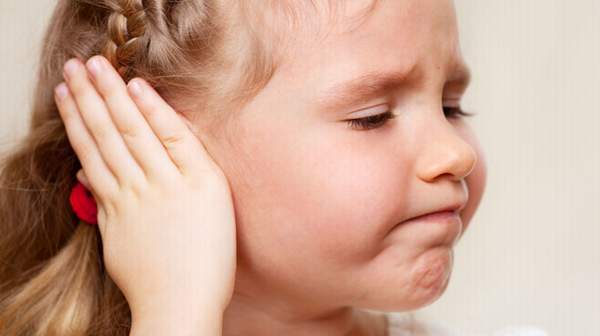What's in this article?
Ear Pain can be painful. The NHS says it is the most common reason for parents to call out-of-hours doctor services about their child.
Ear Pain is more common in children than it is in adults. The pain from earache can be constant or it may come and go. It can feel like a burning sensation or a sharp, or dull, pain. It can affect both ears at once or just one ear.
Ear Pain in adults
Causes of Ear Pain
The eustachian tube runs from the middle part of each ear to the back of the throat. This tube drains fluid that is made in the middle ear. If the eustachian tube becomes blocked, fluid can build up. This may lead to pressure behind the eardrum or an ear infection.
Ear pain in adults is less likely to be from an ear infection. Pain that you feel in the ear may be coming from another place, such as your teeth, the joint in your jaw (temporomandibular joint), or your throat. This is called “referred” pain.
Causes of ear pain may include:
- Arthritis of the jaw
- Short-term ear infection
- Long-term ear infection
- Ear injury from pressure changes (from high altitudes and other causes)
- Object stuck in the ear or buildup of ear wax
- Hole in the eardrum
- Sinus infection
- Sore throat
- Temporomandibular joint syndrome (TMJ)
- Tooth infection
Ear pain in a child or infant may be due to infection. Other causes may include:
- Ear canal irritation from cotton-tipped swabs
- Soap or shampoo staying in the ear
Symptoms of Ear Pain
Pain in the ear can occur because of conditions within the ear, the ear canal, or affecting the visible portion of the ear (the pinna). Acute middle ear infection, medically called acute otitis media, is inflammation of the middle ear and is the most frequent diagnosis in sick children in the U.S. The eustachian tube is shorter in children than adults which allows easy entry of bacteria and viruses into the middle ear, resulting in acute otitis media.
Infection of the ear canal (otitis externa) is also called swimmer’s ear. Otitis externa is typically caused by bacterial infection.
Earache can also be caused by pain and inflammation of the outer portion of the ear (the pinna).
A child with a draining ear should not fly (or swim).
Ear Pain Home Remedy
The following steps may help an earache:
- Place a cold pack or cold wet washcloth on the outer ear for 20 minutes to reduce pain.
- Chewing may help relieve the pain and pressure of an ear infection. (Gum can be a choking hazard for young children.)
- Resting in an upright position instead of lying down can reduce pressure in the middle ear.
- Over-the-counter ear drops can be used to relieve pain, as long as the eardrum has not ruptured.
- Over-the-counter pain relievers, such as acetaminophen or ibuprofen, can provide relief for children and adults with an earache. (Do NOT give aspirin to children.)
For ear pain caused by a change of altitude, such as on an airplane:
- Swallow or chew gum as the plane descends.
- Allow infants to suck on a bottle or breastfeed.
The following steps can help prevent earaches:
- Avoid smoking near children. Secondhand smoke is a major cause of ear infections in children.
- Prevent outer ear infections by not putting objects in the ear.
- Dry the ears well after bathing or swimming.
- Take steps to control allergies. Try to avoid allergy triggers.
- Try a steroid nasal spray to help reduce ear infections. (However, over-the-counter antihistamines and decongestants do NOT prevent ear infections.)
Eara Pain Treatment
Earache is usually treatable and unlikely to lead to long-term problems.
Treatment may include over-the-counter age appropriate painkillers, such as paracetamol or ibuprofen for pain and fever.
Holding a cold flannel to the painful ear for around 20 minutes is one self-help tip the NHS offers for earache. However, if an ear infection is suspected, avoid getting the inside of the ear wet.
A pharmacist may be able to recommend over-the-counter eardrops for earache. Olive oil may also help loosen earwax.
Don’t use eardrops or olive oil if the eardrum has burst.
If a child has long-term earache or repeated ear infections small tubes called grommets may be recommended by a doctor to help keep the ear free of fluid and infection.
A doctor may prescribe antibiotics for ear infections, although some research suggests antibiotics may not always be an effective treatment.





